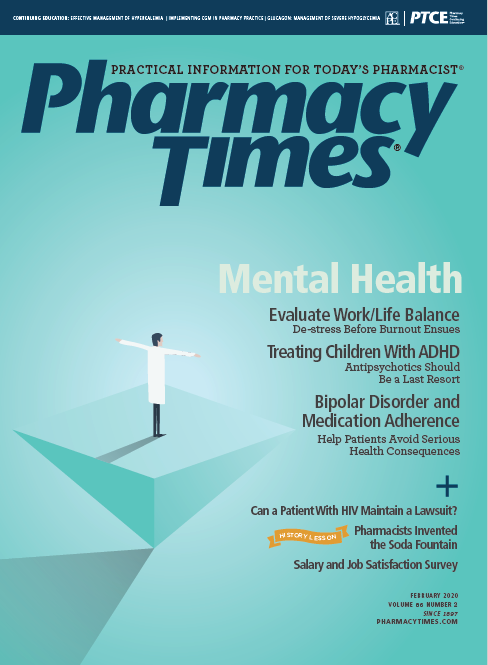Publication
Article
Pharmacy Times
What is Death With Dignity?
States are increasingly adopting this law, and pharmacists should educate and prepare themselves to keep patients informed.
Terminal diseases leave patients staring down a long and painful road to an unavoidable end.
The diagnosis and prognosis prompt many questions for the patients, such as: "Should I complete treatment to extend my life?" "Will the suffering associated with this treatment be a waste of the short time I have left?" And since 1994, "Will I choose to take a prescription medication to hasten my inevitable death?"
In 1994, Oregon became one of the first places in the world to legalize medical aid in dying.1 Seven more states have legalized similar policies since then.1 The premise of the Death With Dignity Act includes allowing certain adult patients to request to be prescribed a medication that will end their lives, should they choose to take it.
To be eligible for this option, a patient must meet the following criteria without exception: be a resident of a state with the policy, be diagnosed with a terminal illness that will reasonably lead to death within 6 months, be found to be of sound mind and capable of deciding and communicating health care decisions, and be at least 18 years of age.1
Upon meeting the criteria, a patient is then free to make the first of 2 oral requests to a physician. A 15-day waiting period then ensues, ending in an option to submit a second oral request. Additionally, a written request must be submitted, and any of these requests can be rescinded at any time.1
Medical aid in dying is notably different than euthanasia and should not be associated with the term. This process involves the patient, not the physician, administering the lethal medication. It is also important to differentiate this situation from any form of suicide. Patients using this policy do not want to die; their deaths are inevitable. However, they do have the power to end their lives in a peaceful manner. Because pharmacists fulfill an important role in this process, it is important that they keep these distinctions in mind.2
PHARMACISTS’ ROLE
In the presence of a terminal diagnosis, a patient’s ability to exercise the legal right to choose or deny treatment depends heavily on them being informed about the ever-evolving pharmaceutical options.2 It is the pharmacist’s obligation as a part of the health care team to educate the members about all available treatments. Amid the growing prevalence of death with dignity policies, pharmacists are expected to make a commitment to expand their knowledge about end-of-life options to continue to provide the highest level of care consistent with the patient’s wishes.
The practice of providing pharmaceutical means of ending lives is controversial for some professionals. For example, an American Society of Health-System Pharmacists policy (9802) outlines the right of a pharmacist to choose whether to participate in ethically, morally, or religiously troubling therapies. It is expected that employers reasonably accommodate this right.2
WHAT IS TO COME?
Since the first approval of the Death With Dignity Act in Oregon, 7 more states and Washington, DC, have followed suit in adopting similar policies. Following California’s recent approval of the policy, the topic has recently gained substantial attention.
California’s End of Life Option Act was signed into law in 2015 and became effective in June 2016, providing 39.5 million people with the right to a peaceful death.1
One of every 6 people in the United States lives in a state where medical aid in dying is an option. It is estimated that only 60% of those who obtain the lethal medication end up using it.1
This year, there are 18 states in which the policy is up for consideration.3 There is growing acceptance and support for the idea among patients and physicians. Recent polls have shown that up to 7 in 10 Americans favor right-to-die legislation, and a Medscape survey showed an increase from 59% to 71% in support from physicians over a 6-year span.3
Death with dignity activity is becoming increasingly prevalent across the nation, and pharmacists must take steps to educate themselves on the matter. It is foreseeable that coverage of life-ending drugs will be added to the curriculum of PharmD programs and to continuing education programming in the near future. Pharmacists should make themselves aware of this growing policy and prepare themselves for its future place in health care.
REFERENCES
- Rimler R. What is the future of 'death with dignity' laws in Trump era? Healthline. March 15, 2017. healthline.com/health-news/death-with-dignity-laws-in-trump-era#1. Accessed January 13, 2020.
- ASHP statement on pharmacist decision-making on assisted suicide. Am J Health Syst Pharm. 1999;56(16):1661-1664. doi: 10.1093/ajhp/56.16.1661.
- Death with dignity. deathwithdignity.org/.







